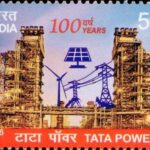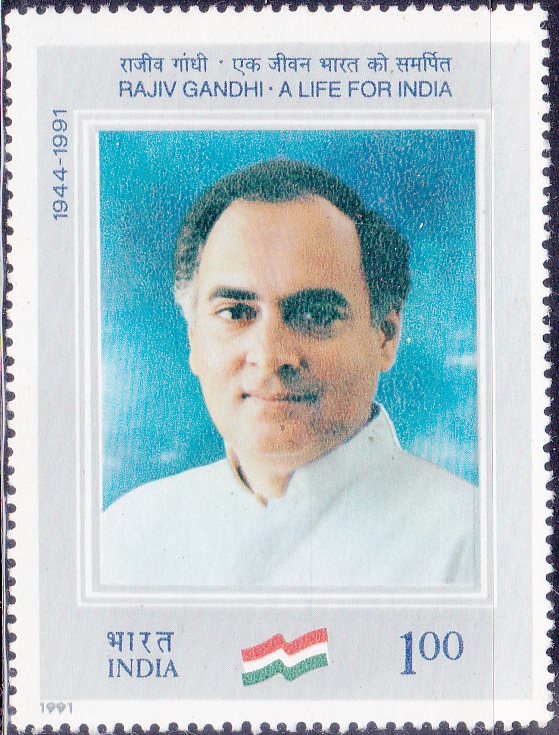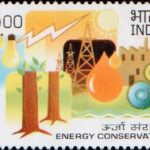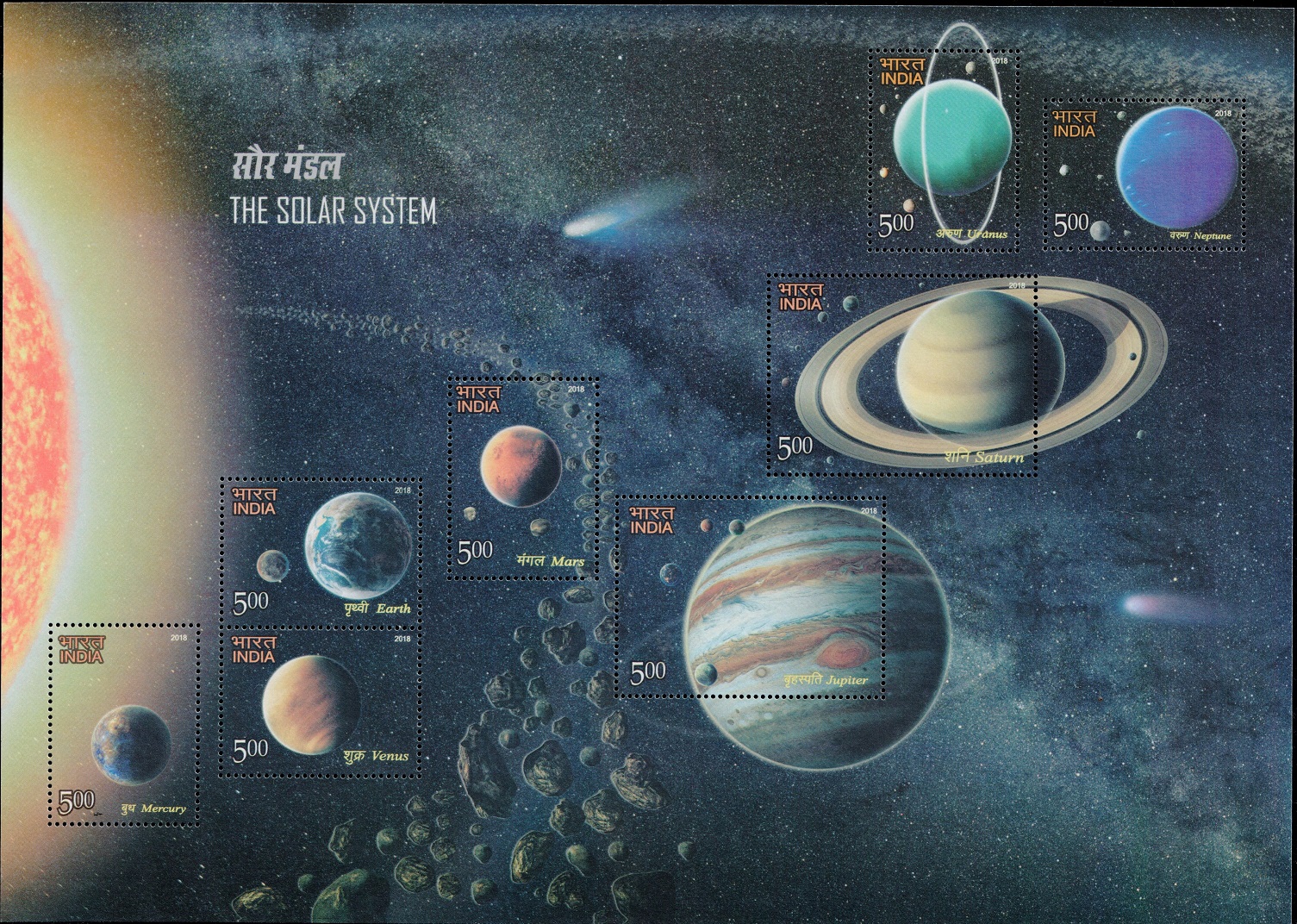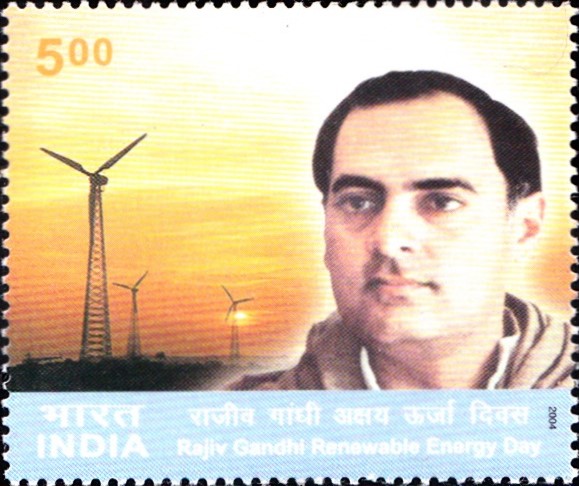
Rajiv Gandhi Renewable Energy Day
A commemorative postage stamp on the Indian Akshay Urja Day : August 20, an awareness campaign about developments of renewable energy in India :

 Issued by India
Issued by India
Issued on Aug 20, 2004
Issued for : The Department of Posts is happy to issue a commemorative postage stamp on the ‘Rajiv Gandhi Akshay Urja Diwas’.
Credits :
Stamp & FDC : Ministry of Non-conventional Energy Sources, Govt. of India, New Delhi
Cancellation : Alka Sharma
Type : Stamp, Mint Condition
Colour : Multi Colour
Denomination : 500 Paise
Stamps Printed : 0.8 Million
Printing Process : Photo Offset
Printer : Calcutta Security Printers Ltd.
About :
- Rajiv Gandhi (1944-1991) – India‘s Prime Minister from 1984 to 1989, is remembered by teeming millions whose eyes tears of sorrow were replaced with the rainbow of hope by the sheer power of his visionary personality. To remember Rajiv Gandhi is like remembering those millions of youth of India and beyond who were simply charmed and inspired by the sheer honesty, integrity and beauty of his personality.
- Rajiv Gandhi envisioned a modern India and initiated several policy initiatives for modernization of the Indian economy, applications of science and technology for serving the poor and devolution of authority and responsibility to institutions of local government – Panchayati Raj and Nagarpalikas. An important step was to electrify all villages within the shortest possible time. It was his desire that no house should remain unelectrified and for which he laid emphasis on providing alternate sources of energy.
- To fulfill Rajiv Gandhi‘s dream to illuminate all the houses in the country, the Ministry of Non-Conventional Energy Sources (MNES), Government of India has set out ambitious targets to meet the energy demand for the people particularly those living in about 18,000 remote villages.
- The MNES has declared that the 20th of August, 2004, the 60th birth anniversary of Rajiv Gandhi, be observed as the ‘Rajiv Gandhi Akshay Urja Diwas‘ and has launched a massive awareness campaign throughout the country. The campaign is focussed on educating school children about achieving energy security through various applications of renewable energy. District level competitions, such as essay writing, painting, debates, rallies, human chains, dramas and street plays, using local folk-art forms and idioms, etc., are being organized.
- Renewable energy is derived from natural resources that are replenished constantly and are eco-friendly. India is endowed with a vast potential of renewable energy resources. It could solve problems pertaining to power shortages and lack of availability of clean fuels in rural areas. Examples of renewable energy include : biomass, hydro, solar, wind and ocean.
- The Sun is the primary source of energy for all life on our planet. Biomass energy comes from energy crops, agricultural residues, trees, cow dung, city garbage, etc. and can be used in three ways : burnt to produce heat and electricity, changed into biogas or converted into liquid fuel, such as alcohol and biodiesel. Hydropower is derived from the flow of water to generate electricity and wherever feasible, small and micro-hydro systems can fully meet the electricity demand of the villages. Solar energy is utilized through thermal and photovoltaic (direct conversion into electricity) technologies. Wind energy is used primarily to produce electricity and for water lifting. Ocean energy is derived from thermal energy conversion, tidal and waves. Already about 5,000 MW capacity renewable power projects have been installed.
- On the First Day Cover, the four most common applications of renewable energy, i.e., solar lantern, domestic solar water heating system, biogas unit and small hydropower plant have been depicted (from left to right).
- Text : Ministry of Non-conventional Energy Sources, Govt. of India, New Delhi.
Subscribe
Login
0 Comments
Oldest



